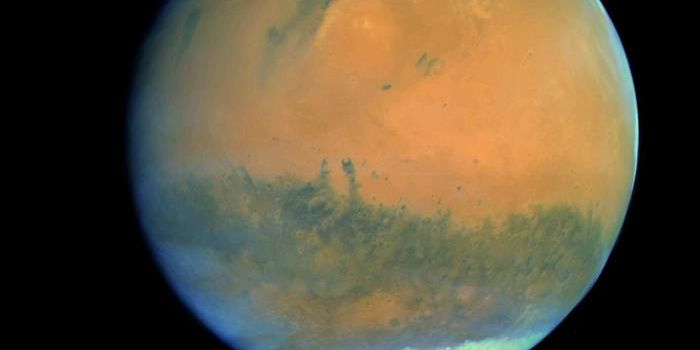Time crystals bend, don't break, rules of quantum physics
Let’s face it, bending the rules is fun, even as adults. But the great thing about being a scientist is that you literally get paid to bend the rules of actual science, especially physics, which has a lot of rules. And when you bend the rules of physics, you deserve a seat at the cool kid’s table.
In a recent study published in Nature Communications, scientists have created a 'time-crystal' a two-body system in an experiment that seems to bend the laws of physics. A 'two-level system' is a basic building block of a quantum computer. Time crystals could perhaps be used to build quantum devices that work at room temperature. Time crystals were long believed to be impossible because they are made from atoms in never-ending motion. The discovery shows that not only can time crystals be created, but they have potential to be turned into useful devices.
First theorized in 2012 by Nobel Laureate Frank Wilczek and identified in 2016, time crystals exhibit the bizarre property of being in constant, repeating motion in time despite no external input. Their atoms are constantly oscillating, spinning, or moving first in one direction, and then the other.
"Everybody knows that perpetual motion machines are impossible,” said EPSRC Fellow Dr Samuli Autti, lead author from Lancaster University's Department of Physics. “However, in quantum physics perpetual motion is okay as long as we keep our eyes closed. By sneaking through this crack we can make time crystals."
"It turns out putting two of them together works beautifully, even if time crystals should not exist in the first place. And we already know they also exist at room temperature."
A "two-level system" is a basic building block of a quantum computer. Time crystals could be used to build quantum devices that work at room temperature.
An international team of researchers from Lancaster University, Royal Holloway London, Landau Institute, and Aalto University in Helsinki observed time crystals by using Helium-3 which is a rare isotope of helium with one missing neutron. The experiment was carried out in Aalto University.
They cooled superfluid helium-3 to about one ten thousandth of a degree from absolute zero (0.0001K or -273.15°C). The researchers created two time crystals inside the superfluid, and brought them to touch. The scientists then watched the two time crystals interacting as described by quantum physics.
As it turns out, quantum physics isn’t just relegated to the Marvel Universe. What rules of physics will scientists bend in the future? Only time will tell, and this is why we science!
As always, keep doing science & keep looking up!
Sources: Nature Communications









